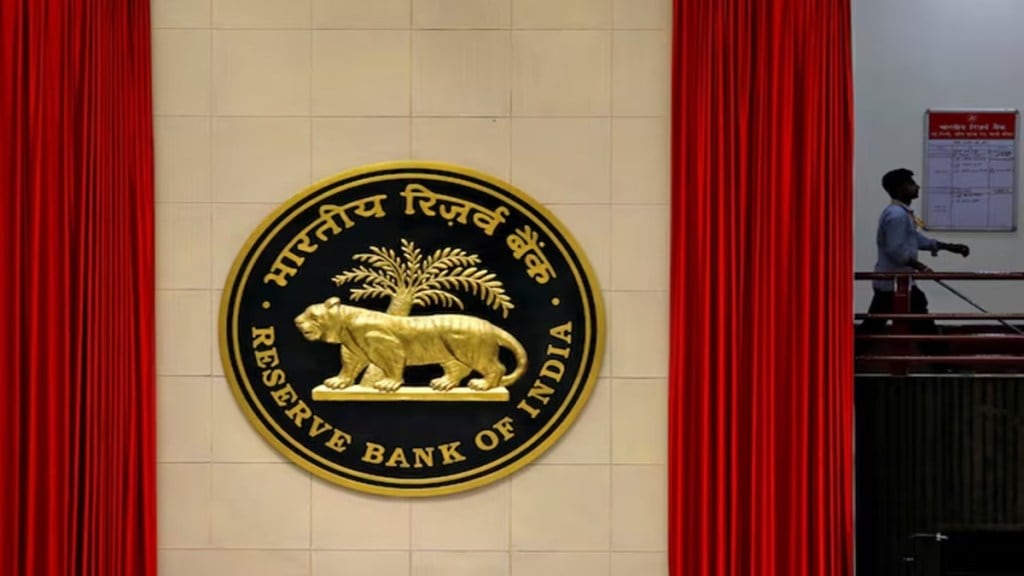The Monetary Policy Committee’s (MPC) decision earlier on Wednesday to leave interest rates unchanged was just what the doctor ordered—until US President Donald Trump served another bitter pill late in the evening in the form of an additional 25% tariff for purchasing of Russian oil. Trump had issued the threat on Tuesday, but no one could even imagine that the blow would be so severe. According to news agency Reuters’ estimate, even with the originally proposed 25% tariff and an additional 10% penalty, India could risk losing its competitive edge in nearly $64 billion worth of exports to the US. The new levy will be added on top of any existing tariffs unless otherwise exempted under specific clauses, such as those relating to national security or the Harmonized Tariff Schedule.
The MPC obviously had decided to wait to assess the full impact of US tariffs on the economy but now the waiting timeline gets much shorter as Trump said the additional tariffs will come into effect after 21 days. In his speech, Reserve Bank of India (RBI) Governor Sanjay Malhotra said India’s economy remains resilient, though external demand prospects are “uncertain amid ongoing tariff announcements and trade negotiations”. That’s clearly a classic central bank understatement. There is no doubt that the Trump tantrums have introduced a fresh layer of complexity and a huge uncertainty.
The Economic Fallout: Growth Projections and Investment at Risk
The MPC was anyway being over-optimistic by sticking to a 6.5% growth projection for the current fiscal year. The growth momentum has already slowed as reflected by the high-frequency indicators of the first quarter, and economists expected even a 25% US tariffs will shave off up to 40 basis points while stunting business investment. That estimate will now go up manifold. Even if a trade deal is struck in the near term, a dip in exports to the US is not ruled out in the second half of FY26, given the extent of front-loading seen in exports in the first six months of 2025. Moreover, private investment sentiment is sure to be damaged. This would undeniably delay the private sector’s capex plans. The central bank obviously wanted to keep a few cards up its sleeve for calibrated future moves if conditions change drastically. The cards may have to be flashed soon as heightened uncertainty around global trade policies is likely to create volatility in capital flows and exchange rates which could in turn impact inflation, the real economy, and financial stability.
A New Urgency for Structural Reforms
There were many reasons for the RBI to keep interest rates unchanged in its policy. Despite sharply lowering its inflation forecast, the decision to keep rates steady emanated from the focus on one-year-ahead expected inflation. It’s now clear that the bar for a dovish shift in monetary policy will be much lower from here due to the latest Trump actions that could lead to substantial downside to growth prospects. Of course, this is not to say that a rate cut alone would solve all the problems—it obviously can’t as there is only so much growth support the RBI can give. Fiscal spending also has its limits, therefore for the next leg of growth, perhaps it is time to focus on structural reforms which has clearly lost steam.

